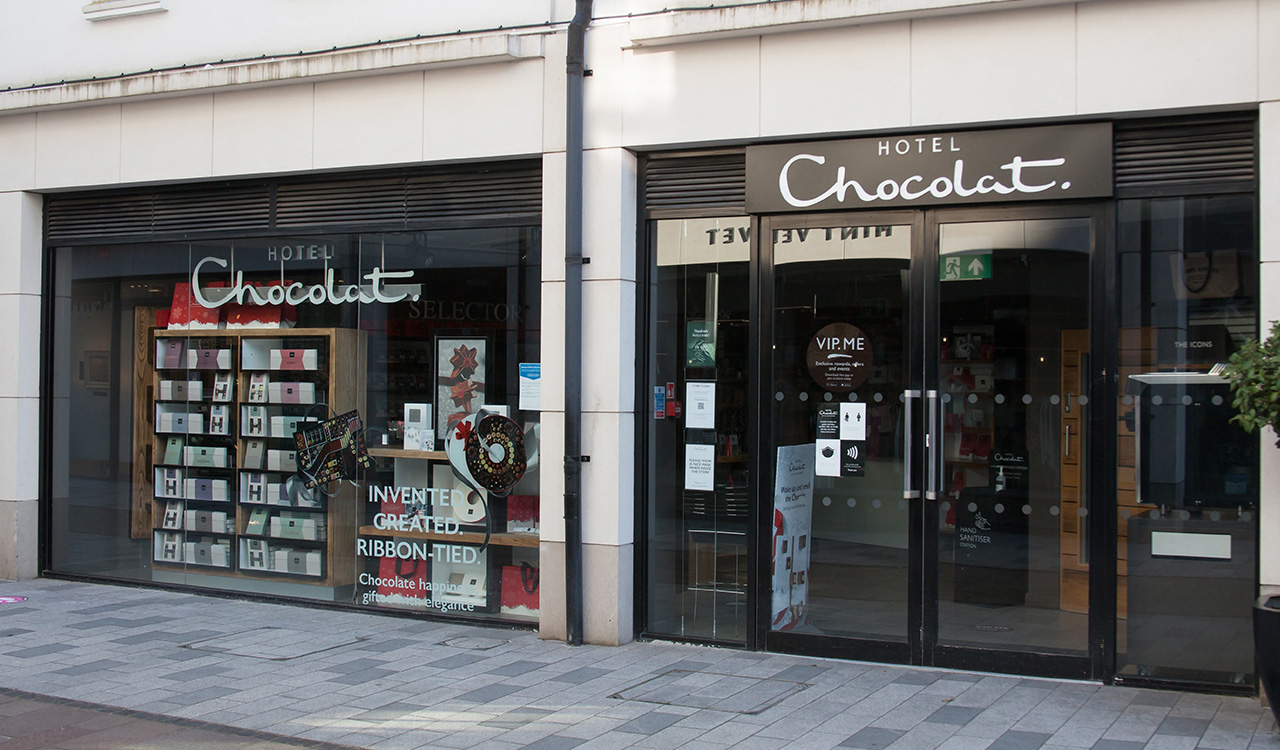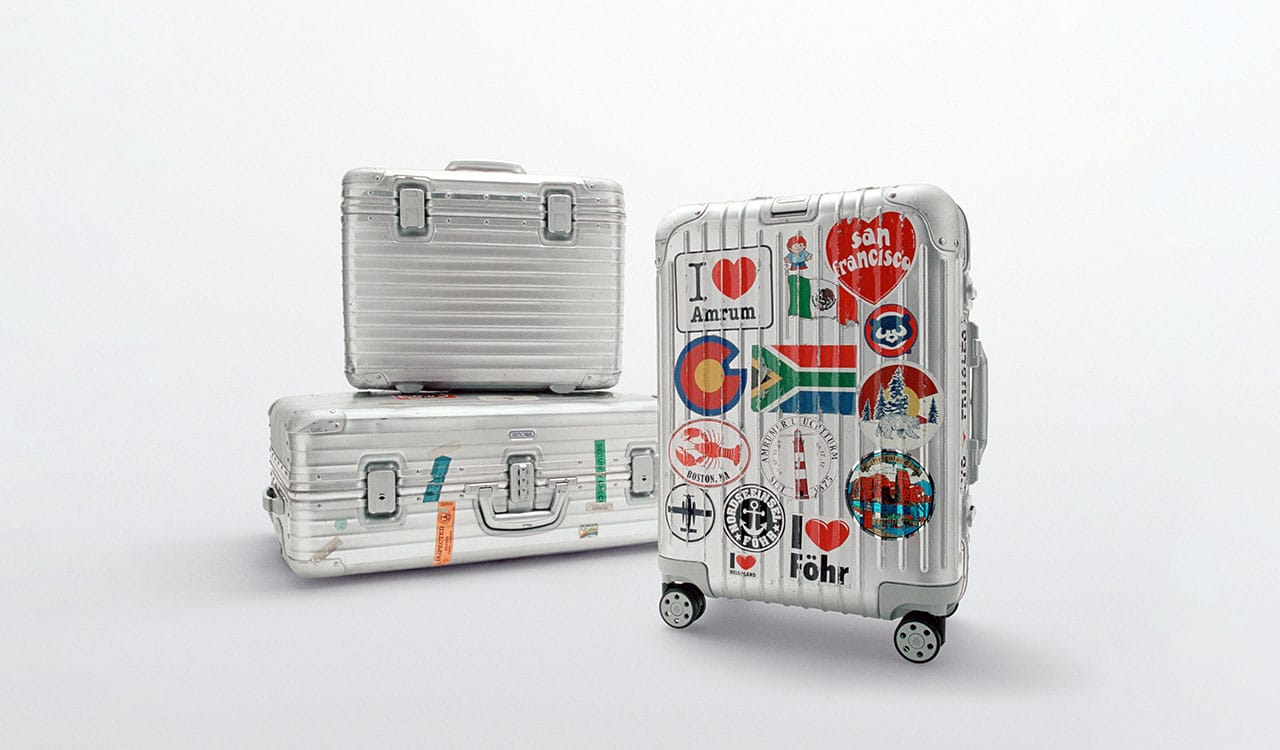One of my early fashion jobs was as an artist and illustrator. I spent my days painting artwork that defined a brand’s aesthetic. It was pre-recession retail—a different, more innocent era. Budgets were looser, job descriptions were broader, and creative roles weren’t forced to justify their existence with a spreadsheet.
The challenges of the past few years have driven a culture of risk aversion—one of the biggest threats facing retail today. The shift from creative-first to data-first decision-making has optimized businesses for efficiency at the cost of differentiation. Without a clear innovation function, retail is stuck playing defense when it should be shaping the future.
Today, that world feels unrecognizable. A recession, fast fashion, digital commerce, a global pandemic, and supply chain crises have reshaped retail. Despite all this disruption, one thing remains oddly unchanged: the org chart. And one thing is missing: retail innovation.
Retro-Reactive
Retailers today are in a constant state of defense mode. Short-term agility has become a survival strategy, but in the process, many brands have lost sight of a long-term vision. Data and performance marketing have overtaken creativity, reinforced silos and created the illusion that success can be engineered through analytics alone. As a result, many brands have defaulted to short-term strategies chasing micro-trends and prioritizing optimization over imagination. Innovation has become an afterthought.
The challenges of the past few years have driven a culture of risk aversion—one of the biggest threats facing retail today. The shift from creative-first to data-first decision-making has optimized businesses for efficiency but at the cost of differentiation. Without a clear innovation function, retail is stuck playing defense when it should be shaping the future.
Retail’s Innovation Gap
While retail has largely under prioritized innovation in recent years, other industries have done the opposite. Innovation leadership roles have long been heavily concentrated in tech, CPG, and finance. These industries recognize that innovation isn’t a luxury; it’s a competitive advantage in a fast-moving marketplace.
Retail, by contrast, has underinvested in innovation leadership. In fact, according to Harvard Business Review, only 30 percent of Fortune 500 companies have a senior innovation executive. Retailers still treat innovation as an afterthought, something spread across design, marketing, and strategy, rather than an executive function of its own. Also, a siloed business model leaves huge gaps in long-term strategic planning and makes it harder for brands to anticipate consumer shifts before they happen.
The lack of Innovation leadership is also a result of retail’s overcorrection toward performance marketing. At a recent marketing conference, an executive asked: “What makes the brand—the product or the marketing?” The overwhelming response? Marketing. This imbalance has left product and innovation underfunded, creating a short-term, trend-chasing mindset rather than a sustainable growth strategy.
Why the Chief Product Officer Still Isn’t Enough
Retailers have started addressing this innovation imbalance is by appointing Chief Product Officers (CPOs). A 2023 CPO Insights report from Products that Count and Capgemini found that the number of CPOs has grown 10 percent year over year and is projected to rise 70 percent by 2027. Companies like Burberry, Calvin Klein, and Under Armour have recently appointed CPOs to ensure that product strategy aligns more closely with commercial goals.
While CPOs play a critical role in short-term product execution, they don’t solve retail’s deeper innovation problem. The CPO role is still largely focused on the present and near, bringing existing products to market in a competitive way. What’s missing is a dedicated innovation function that operates on a longer time horizon, ensuring the brand is ready for what’s next.
CPOs are making brands more agile, but agility alone won’t future-proof an industry in flux. That requires something more; a dedicated function designed to identify, shape, and act on what’s coming next.
Why Retailers Need a Head of Innovation
The mission of a Head of Innovation is to future-proof the brand, ensuring relevance, differentiation, and long-term growth. Unlike the CPO who focuses on current product execution, the Head of Innovation identifies emerging consumer behaviors, cultural shifts, and technological advancements before they reach the mainstream. Think of it as foresight.
This role works cross-functionally, bridging creativity, consumer insight, data, and commercial strategy to turn forward-thinking ideas into revenue-driving products and experiences. It’s not about identifying microtrends—it’s about setting the direction for where the brand should be in three, five, or even ten years. At its core, this role is about moving beyond seasonal cycles and short-term trends. It separates the brands that lead from the ones that follow.
The Business Case for Innovation Leadership
Making the business case for a Head of Innovation isn’t just about what it adds, it’s also about what retailers lose by not having one. Historically, activewear brands have dominated innovation in retail and high-performance technologies as a competitive advantage. But that day is over. Innovation leadership is no longer optional—it’s a requirement for every category of retail.
Here are a few examples of what can be lost by ignoring innovation versus what could be gained:
- Loss: Nike’s edge. Nike, once synonymous with innovation, has stumbled in recent years. Over the past five years, it has relied too heavily on reissuing archival styles instead of pushing new sneaker technology. While Nike saturated the market with Dunks and Air Force 1s, competitors like On Running and Hoka introduced breakthrough cushioning technologies—winning over a new generation of consumers.
- Gain: VF Corp’s turnaround. VF Corp, which has struggled in recent years, just beat quarterly expectations for the third consecutive quarter—driven by an innovation-focused comeback strategy. At The North Face, investments in breakthrough collaborations (SKIMS) and new product development fueled brand momentum. At Vans, new product launches are outperforming heritage styles, proving that fresh innovation drives revenue (Hypebeast).
- Gain: On Running’s innovation-led growth. Swiss sneaker brand On Running has emerged as one of the fastest-growing disruptors in athletic retail—now accounting for 12 percent of Dick’s Sporting Goods’ footwear sales while Nike’s share has dropped from 39 to 32 percent. On’s CloudTec cushioning and LightSpray robotic production have differentiated it in a crowded market. Under Senior Director of Innovation Ilmarin Heitz, On continues to push boundaries proving that product innovation is a key driver of long-term market success.
- Loss: Express’ missed evolution. Express, once a staple of mall-based fashion, failed to innovate fast enough to compete with the rise of fast fashion and, more recently, ultra-fast fashion players like Shein. The brand struggled to anticipate post-Covid consumer behavior shifts where demand for casual and athleisure wear surged, leaving it with assortments that felt out of step. A sluggish digital transformation and limited ecommerce capabilities further widened the gap between Express and its more agile competitors, ultimately contributing to its Chapter 11 bankruptcy filing and widespread store closures.
- Gain: Gap’s turnaround gains steam. By all accounts, Gap’s creative renaissance is thriving under the direction of Zac Posen who was named Executive Vice President, Creative Director of Gap Inc. and Chief Creative Officer of Old Navy. His influence over creative innovation across product, campaigns, and influencer strategy is seeing Gap re-enter the conversation as one of retail’s creative leaders.
What’s Next
Although It’s been 20 since I’ve been painting artwork for global brands, I’ve moved through the ranks of retail, led concept at Abercrombie & Fitch, advised some of the world’s biggest brands as WGSN’s Consulting Director of Fashion, and now run Moonshot, where I work with companies to future-proof their businesses. I’ve witnessed firsthand the downsides of neglecting creativity and innovation and the hurdles that exist in retail’s current structure when it comes to implementation.
Retail is characterized by two subsets: brands that lead and brands that follow. Retail needs a radical reset, and the brands that define its next chapter won’t just optimize what already works—they’ll reinvent what’s next.
Without a dedicated innovation function, brands are making decisions based on yesterday’s insights instead of tomorrow’s opportunities. And in an industry moving this fast, yesterday’s insights are irrelevant. It’s time for retail to evolve its org charts and make Innovation a priority. The future belongs to the brands willing to build it, not catch up to it.





